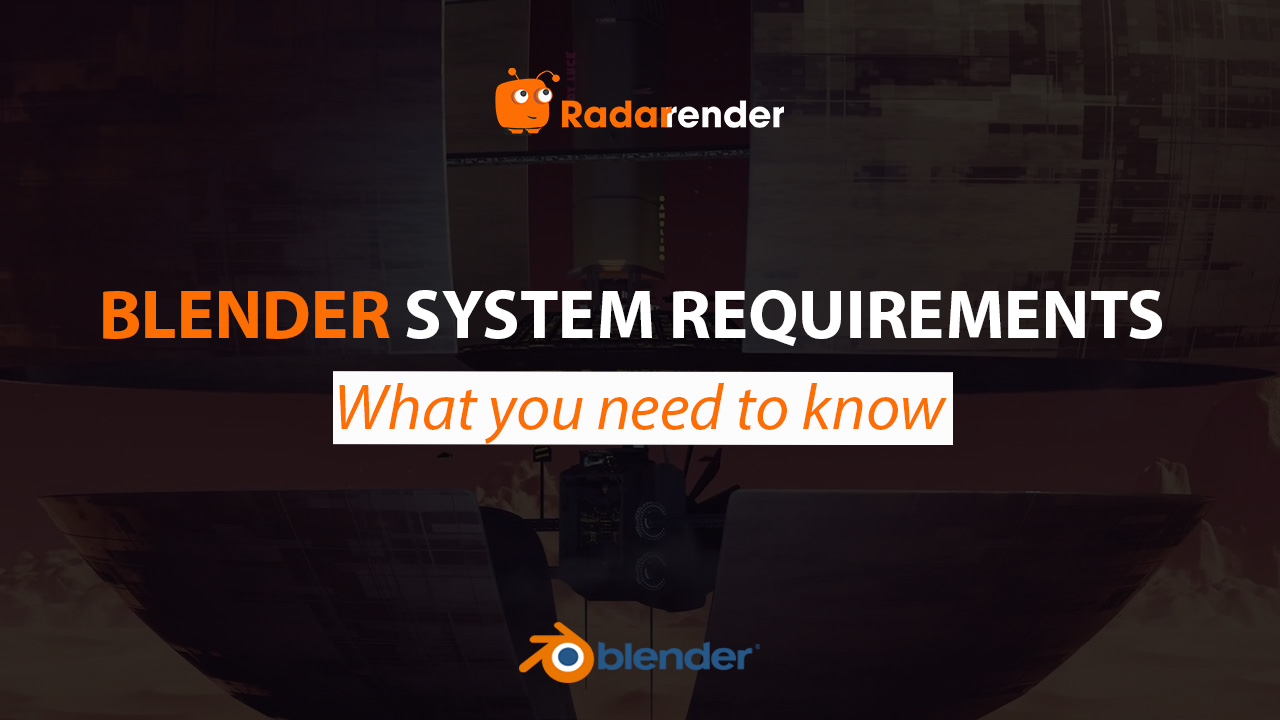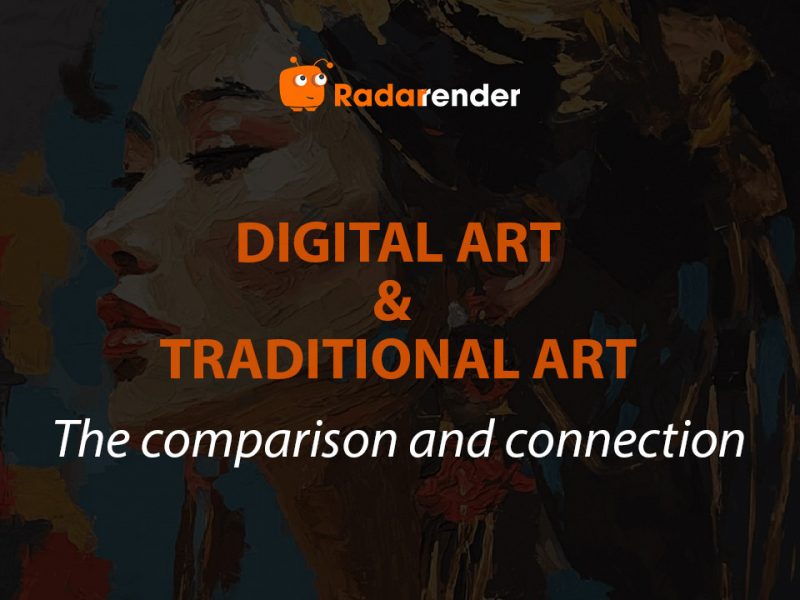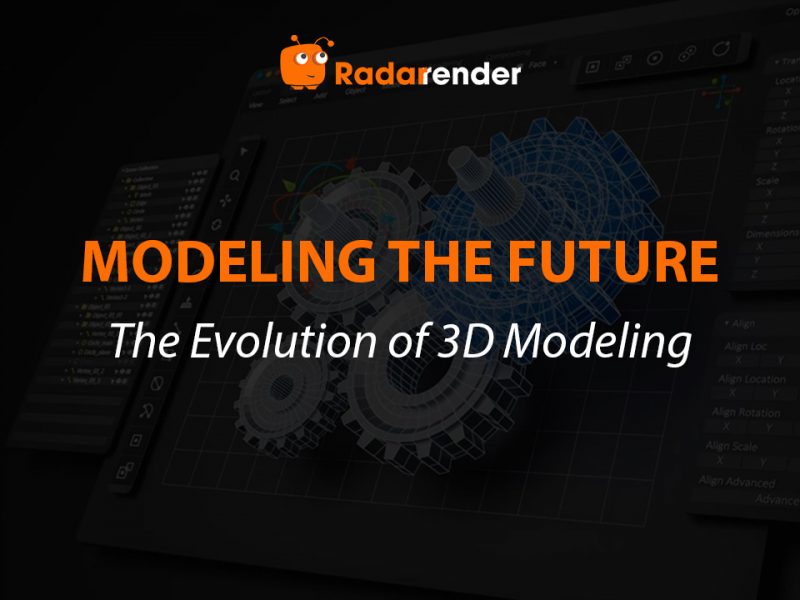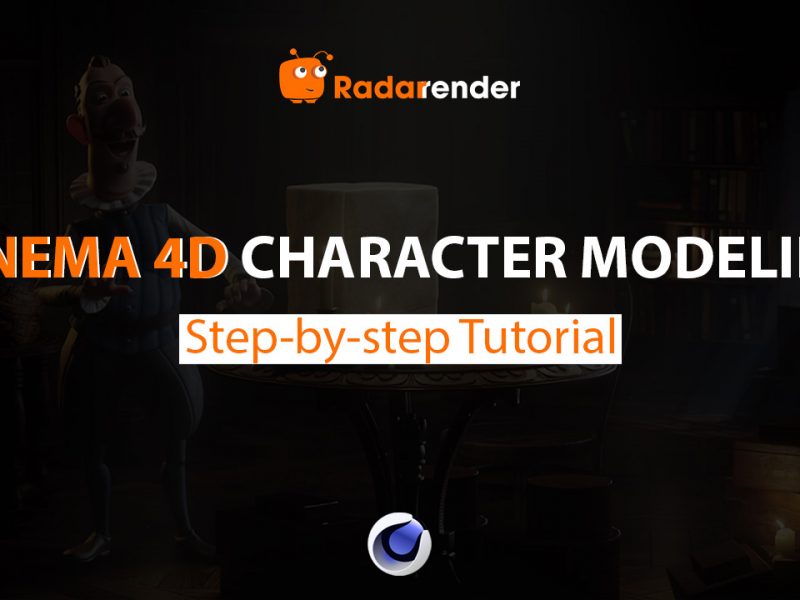Blender System Requirements in 2025: What You Need to Know
Blender is one of the most popular open-source 3D creation tools, widely used for modeling, animation, rendering, VFX, and even game development. If you are a beginner exploring 3D art or a professional working on high-end projects, knowing the system requirements for Blender is crucial to ensure smooth performance. In this guide, we’ll walk through the minimum, recommended, and optimal system requirements for Blender in 2025.
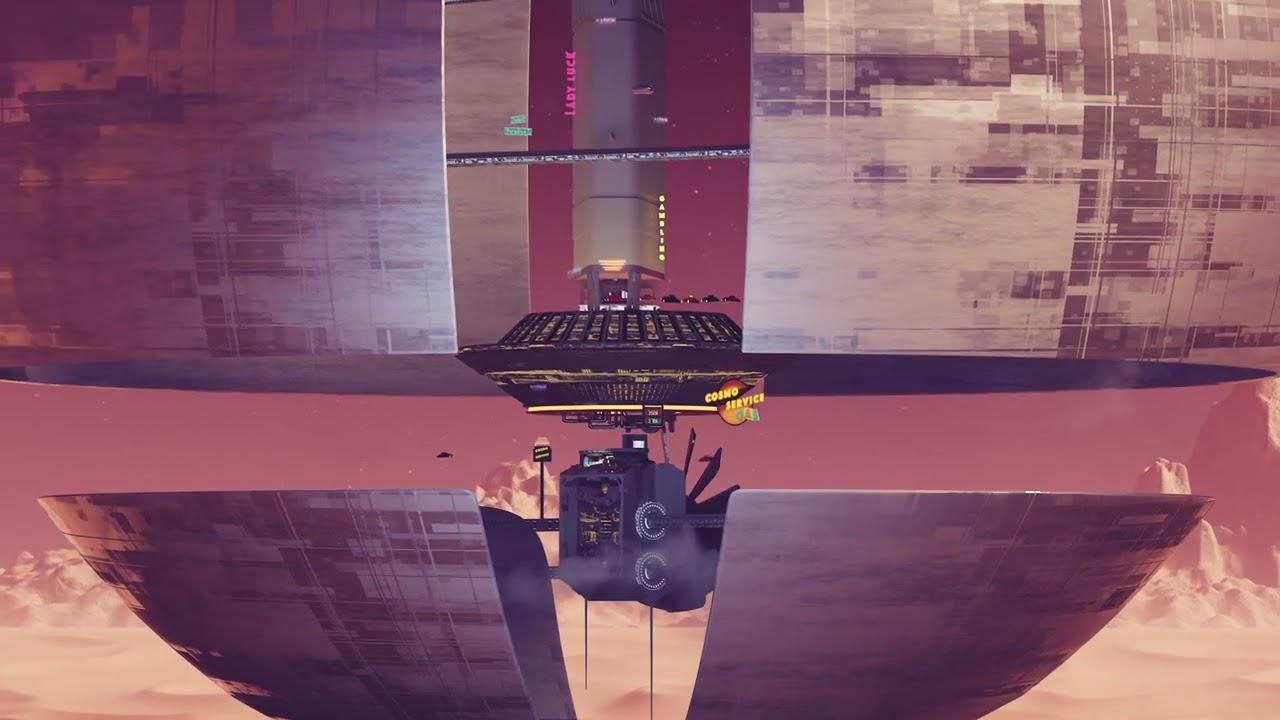 Globe 9 – Distant Planet Service Station by Turbojpeg
Globe 9 – Distant Planet Service Station by Turbojpeg
Source: blendernation.com
Why System Requirements Matter for Blender
Blender is a powerful all-in-one 3D software. It can handle lightweight tasks, such as simple modeling, but also push hardware to its limit with rendering, simulations, or real-time viewport previews.
If your system is below the minimum requirements, Blender may crash or run very slowly.
Meeting the recommended requirements ensures smoother navigation, faster rendering, and better overall productivity.
For advanced users, investing in optimal hardware can save hours of work when dealing with large, complex projects.
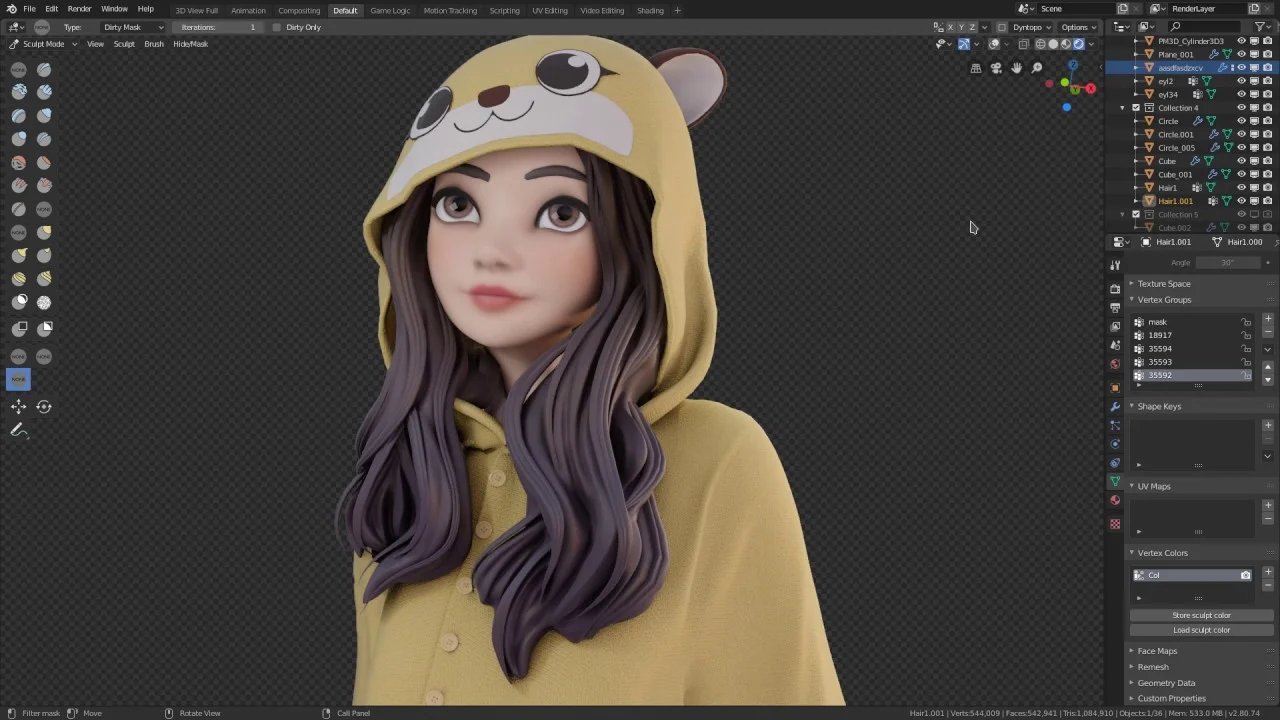 Source: cgdirector.com
Source: cgdirector.com
Blender Minimum System Requirements
Minimum System Requirements is the minimum hardware and software specifications a computer needs to have to install and run a software, game, or application.
These are the basic specs needed to run Blender. Suitable for beginners or light 3D work:
| Operating System | Windows 10 (64-bit), macOS 11+, Linux (64-bit) |
| CPU | 64-bit dual-core processor, SSE2 support |
| RAM | 8 GB |
| GPU | Graphics card with 2 GB VRAM, OpenGL 4.3 support |
| Storage | 2 GB free space |
With minimum requirements, you can learn Blender, such as simple UI, modeling and sculpting. Creating low-poly models, small assets is possible. Also, you can use Eevee for real-time previews in simple scenes and render with Cycles at low resolution.
However, in complex project, the rendering speed can be too limited and viewport navigation is slow. You can struggles with high-poly sculpting, large textures, or fluid or smoke simulations on the machine which only meet the minimum requirements. Even GPU rendering may not be available if the card is too old.
Blender Recommended System Requirements
For intermediate users, upgrading your hardware is neccessary. This will result in smoother workflows, better viewport performance, and especially faster rendering with Cycles and Eevee.
| Operating System | Windows 10/11, macOS 12+, Linux |
| CPU | Quad-core processor |
| RAM | 16 – 32 GB |
| GPU | NVIDIA GeForce RTX 3060/AMD RX 6700 XT (6–8 GB VRAM or more) |
| Storage | SSD with at least 10 GB free space |
These specs are ideal for freelancers, students, and artists working with moderately complex scenes. You can work comfortably with medium to high-poly models and render faster. The machine equipped with these recommended system requirements can handle 4K textures and larger projects without frequent crashes.
Work with a very large projects (film VFX, full animation pipelines) may still feel heavy and rendering in 8K or photorealistic large scenes will take significant time.
Blender Optimal System Requirements
For professionals working with large-scale projects, VFX, or animation studios:
| Operating System | Windows 11 Pro, macOS 13+, or latest Linux distro |
| CPU | QHigh-core count (Intel i9, AMD Ryzen 9, or Threadripper) |
| RAM | 64 GB or more |
| GPU | NVIDIA RTX 4090 / RTX 6000 Ada Generation / AMD RX 7900 XTX (24 GB+ VRAM) |
| Storage | NVMe SSD (1 TB+) for faster caching and file handling |
This setup offers real-time rendering, advanced simulations, and faster production times, perfect for studios and professionals.
With an optimal system setup, Blender truly unlocks its full potential. You can experience real-time rendering in Eevee and almost real-time previews in Cycles, handle scenes with massive poly counts and ultra-high-resolution textures, and confidently work on film-level VFX, complex simulations or full animation pipelines. Animations render much faster, cutting production times from days down to hours, and the system can even run multiple Blender instances or handle multitasking with other demanding software.
The only drawback is that such a workstation comes with a high price tag and greater power consumption, making it an investment best suited for professionals and studios.
Recommended GPU for Blender (Source: PugetSystems)
Render Farms: An Alternative to Expensive Hardware
We have just presented the minimum, recommended and optimal system requirements for Blender but not every Blender user has access to a high-end workstation, and upgrading hardware can be a costly investment. This is where render farms come in.
A render farm is a cloud-based network of powerful computers built specifically for 3D rendering. By sending your Blender projects to a render farm, you can take advantage of massive computing power without needing to own it yourself. This means faster rendering times, the ability to handle complex animations or large-scale simulations, and less stress on your personal machine.
For freelancers, students, and even studios, render farms provide a cost-effective way to achieve professional results in Blender without spending thousands of dollars on new hardware.
Conclusion
Blender is flexible, it can run on modest hardware but also scale to high-end workstations. Knowing the system requirements for Blender helps you set realistic expectations and choose the right hardware setup for your projects.
- Beginners: Minimum specs are enough to learn basics.
- Intermediate users: Recommended specs provide a smooth balance.
- Professionals: Optimal specs save time and unlock Blender’s full power.
Before upgrading your PC, consider how you’ll use Blender: for simple modeling, real-time previews, or full-scale cinematic rendering. The right system can make your creative workflow faster and more enjoyable.
Related Posts:
- Blender How to Render – A Beginner’s Guide to Eevee, Cycles & Third-Party Renderers
- Finding the best Blender GPU render farm



